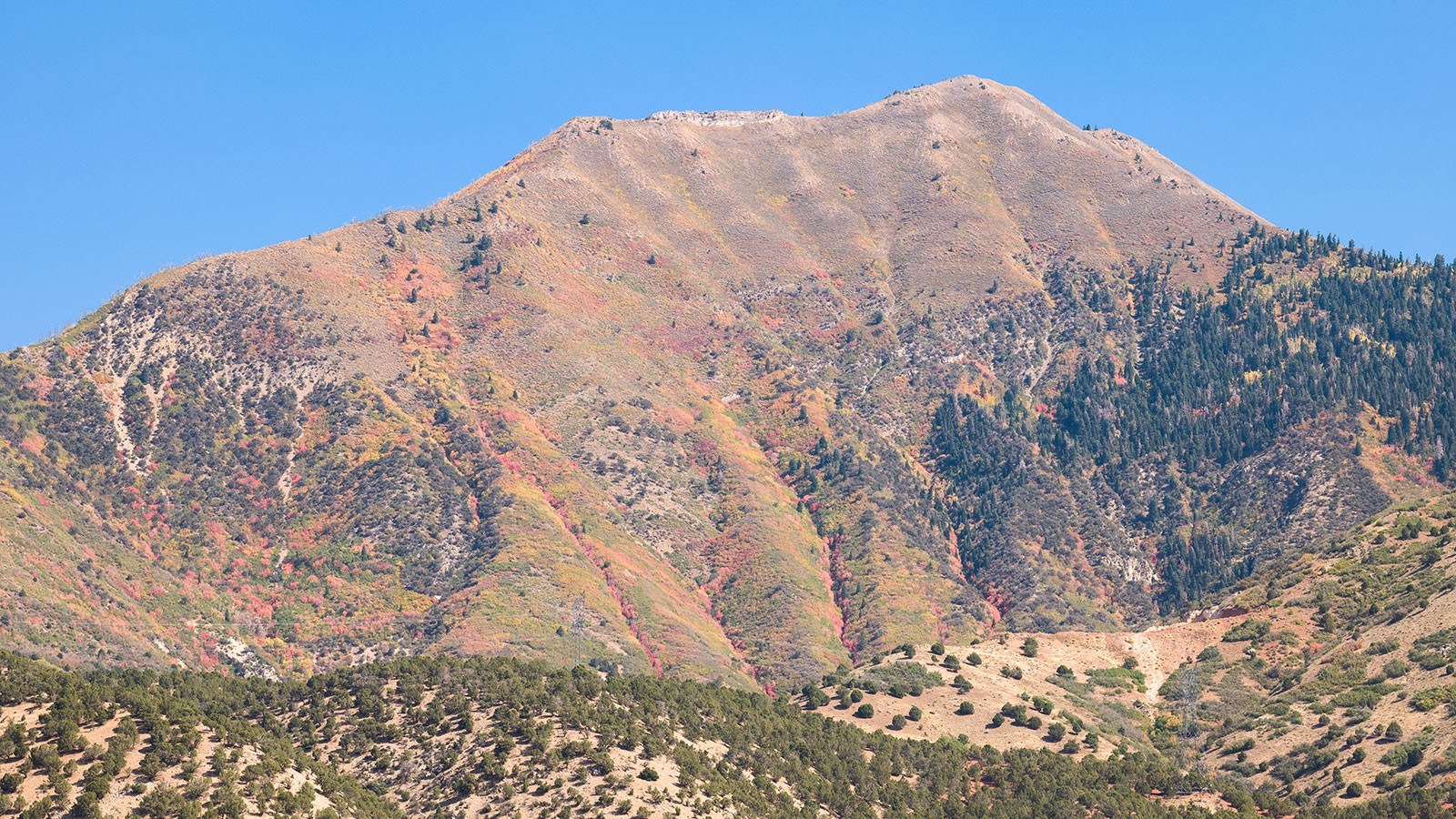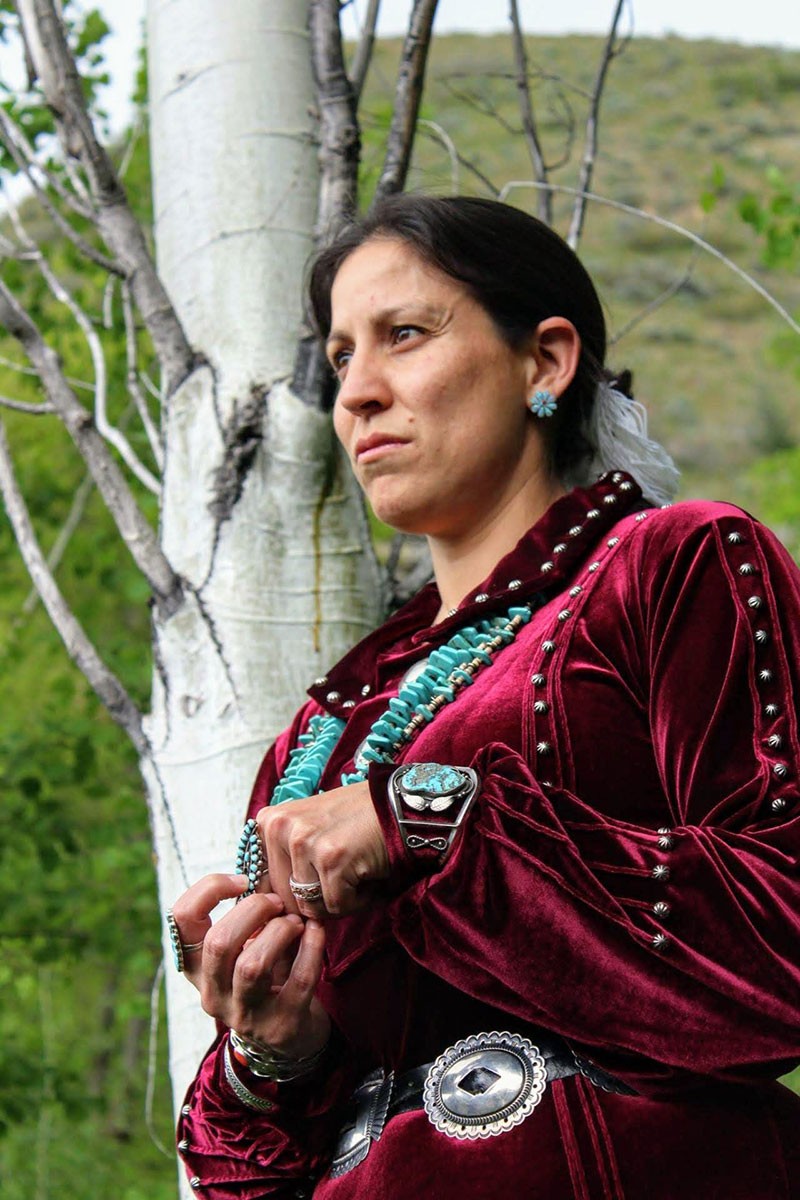USU Professors Researching Adapting University Instruction to Indigenous Learning Styles
By Marcus Jensen |
EPHRAIM, Utah — Utah State University professors in the Department of Social Work have been researching how to adapt university-level instruction for Indigenous students. Julie Stevens, USU Southwest clinical assistant professor, collaborated with Charlie Bayles, USU Blanding clinical assistant professor, on adapting instruction to Indigenous learning styles and perspectives. Right now, their research is showing that, on occasion, these learning styles are not consistent with how content is taught.
“We started a study group because we noticed that social work students that are Indigenous were doing well in practical application and skills in the classroom,” Stevens said. “But when it came to tests, some struggled to pass the licensing exams. It is believed that the cultural differences have a part to play in this, along with the English language.”
Stevens and Bayles began to look at their course materials through an Indigenous lens. Stevens, who is of Navajo heritage, has personal experience with the challenges of adapting to collegiate coursework, having completed her bachelor’s degree coursework at USU Nephi, and later a master’s degree in social work from the University of Utah. Working together, Stevens and Bayles designed a test preparation course for students.
“As we verbally discussed things with students, they had a clear understanding of the course materials and knew the right direction,” Stevens said. “However, when reading the test, the content was not translating due to cultural context and/or language barriers. For our Indigenous populations, they’re taking off one hat and putting on another.”
During their research, the professors sought to create different methods to deliver testing materials and better break down these barriers. They also looked to break down the language barrier.
In addition to barriers in the classroom, Bayles and Stevens also learned about the barriers that Indigenous students face in order to take licensure exams. Many of these tests take place in Salt Lake City, or in other states, long distances from home.
“Our students sometimes travel four hours or more to take their test,” Stevens said. “We are trying to find funding for our students to take the test closer to home.”
Stevens and Bayles are now working with the Department of Social Work to adapt the way instruction is considered, so that it will be more comfortable for learners from the Indigenous communities. There is similar research and adaptation being implemented in the Secondary Education Program.
Stevens said she is already looking to implement changes in her courses, especially to help her senior students who are preparing for their licensure exams. She hopes to bring more flexibility to her assignments so that they are conducive to a wider array of students and help them learn the material and showcase their knowledge.
“My class assignments are flexible in how students can choose to answer the questions or showcase the skills I’m trying to teach them,” Stevens said. “It should not just be in one format. I want them to be comfortable. If writing is their strong suit, they can write. If storytelling is their strong suit, they can do that. As long as they are showing the skills we are trying to teach.”
Stevens sees the need for more social workers, especially in rural communities. She is confident having more licensed professionals would allow communities to have resources where they are needed most.
“Social work is amazing,” she said. “You get this macro, mezzo, and micro realm in social work. Now I get to see that played out in my rural community. There’s so much talent in our rural communities. They just haven’t had access to being able to stay home and go to school. A lot of our statewide students are nontraditional, and they need to be able to stay in their communities. In this position, I’m able to connect people to education while they stay in their communities with their families and their lives.”
With locations in Beaver, Bicknell, Cedar City, Delta, Ephraim, Junction, Kanab, Nephi, Panguitch, Richfield, and St. George, Utah State University provides higher education access to rural communities via USU Southwest. With degree options ranging from associate to doctorate degrees and technical education opportunities, USU offers programs that help fuel local economies and empower individuals and their communities. Learn more at southwest.usu.edu.
Julie Stevens
WRITER
Marcus Jensen
News Coordinator
University Marketing and Communications
marcus.jensen@usu.edu
CONTACT
Julie Stevens
Clinical Assistant Professor
USU Ephraim
julie.stevens@usu.edu
TOPICS
Statewide Campuses 343stories Education 332stories Diversity & Inclusion 252stories Teaching 152storiesComments and questions regarding this article may be directed to the contact person listed on this page.









